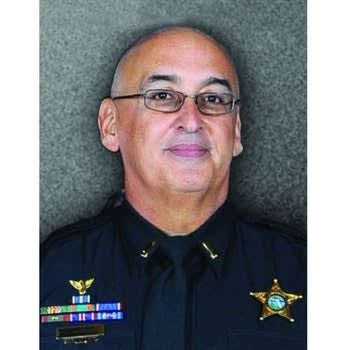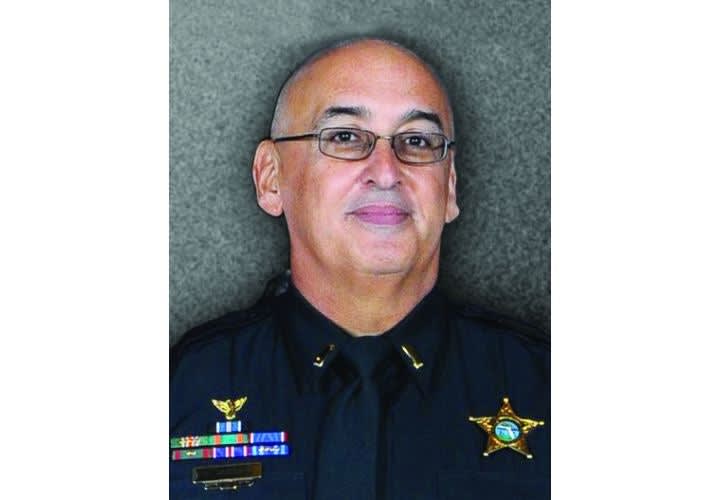There are two types of inspections: scheduled and unscheduled. It's the use of unscheduled inspections that keeps your people on their toes. In my former agency, we had formal, quarterly vehicle inspections. We filled out a form that included checking that the vehicle was clean, issued equipment was serviceable, and nothing was expired, and we had our officers sign it as form of documentation. The scheduled stuff was easy to pass; everyone was on their best behavior and knew well in advance when they had to get things done by. The true test, however, is when it's an unscheduled inspection. Let's stay with inspecting assigned patrol cars for the moment.
As a supervisor, I would pull surprise vehicle inspections. It was a surprise on two levels. One, they never knew when, and two, they never knew what I'd focus on. I never inspected everything and I never asked for the same one or two things twice. In other words, if they didn't know when or what I was looking for, they'd better be ready all the time.
It worked great. On rare occasions, officers lost the use of their assigned patrol cars for a few days to make sure they got the point that following policy was not an option. They learned quickly there would be no next time. I had officers that left their shotguns at home, failed to replace expired fire extinguishers even after being ordered to do so, or were hundreds of miles over their required oil changes and had not scheduled an appointment with our vehicle maintenance section. Failing a surprise inspection usually didn't happen twice unless the officer had a history of being lazy or didn't worry about the possibility of being disciplined.
Failing to follow up is a deadly sin. Of all the things that can be blamed on a supervisor or manager for failing to accomplish an assigned task, failing to follow up makes it to the top five reasons. Anyone in a leadership position must give clear orders with a defined timeline and set of expectations. They also must create follow-up points (benchmarks) along the way to make sure the task gets completed as instructed.
A follow-up can be as easy as a phone call, an email, or brief conversation to make sure benchmarks are being met. Or they can be more involved like onsite inspections, accountability checks, or requiring detailed status reports. Whatever method you use, you must keep track of the progress, help make sure the path is clear of any obstacles, and supply support when necessary.













